A validation for cleaning involves testing for acceptable residues on GMP manufacturing surfaces, including medical device and pharmaceutical. See below for appropriate analytical methods, see white papers and the Aqueous Cleaning Handbook additional information.
Residue identification and detection involves testing using analytical methods which can be provided by Alconox Inc. technical support. The following methods can be used to detect Alconox Inc. detergents:
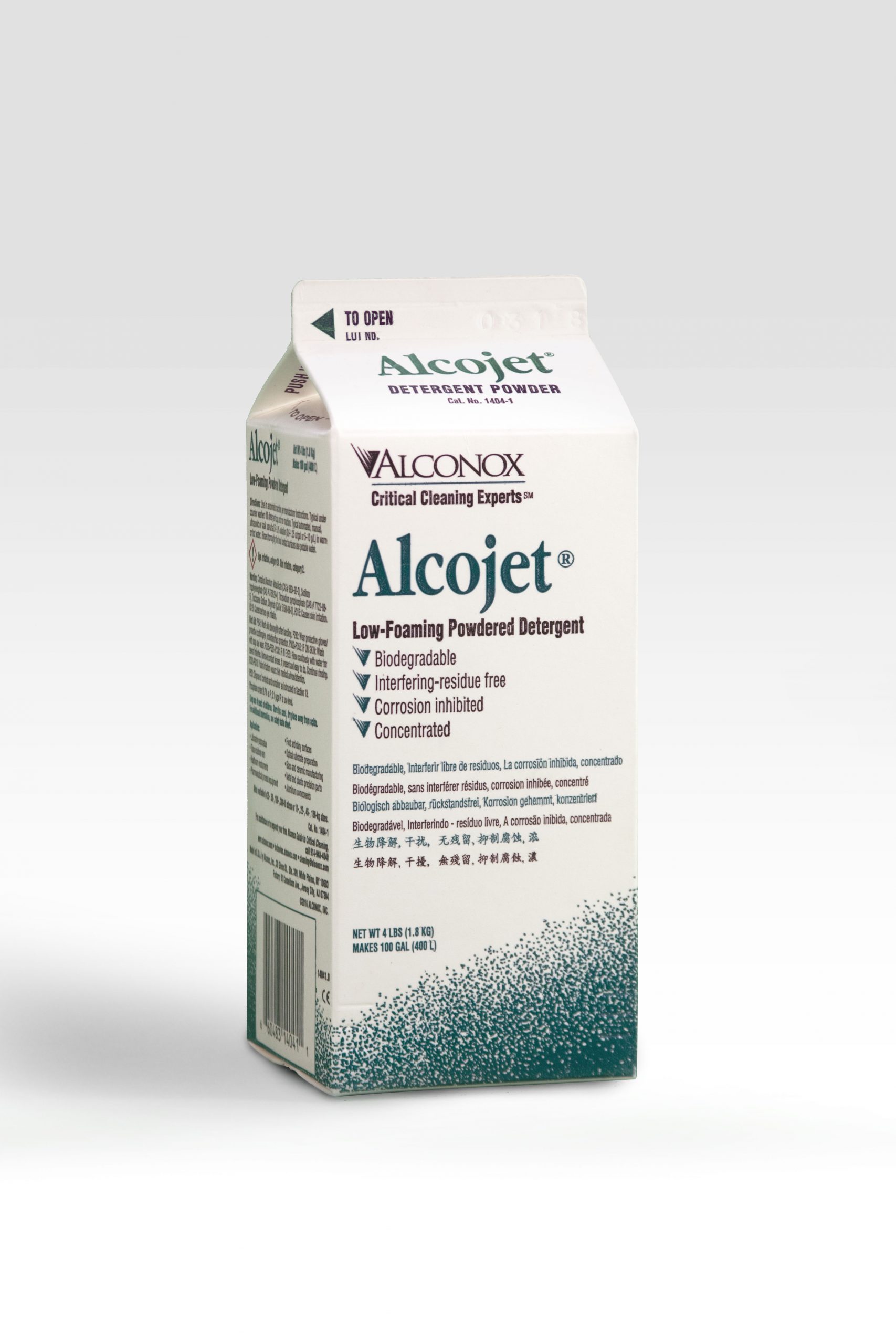
- Organic Carbon by TOC
- Conductivity
- Phosphate by Titration or IC
- EDTA by HPLC

- Anionic Surfactant by HPLC
- EDTA by HPLC
- Direct UV/Vis
- Organic Carbon by TOC
- Conductivity
- Phosphate by Titration and IC
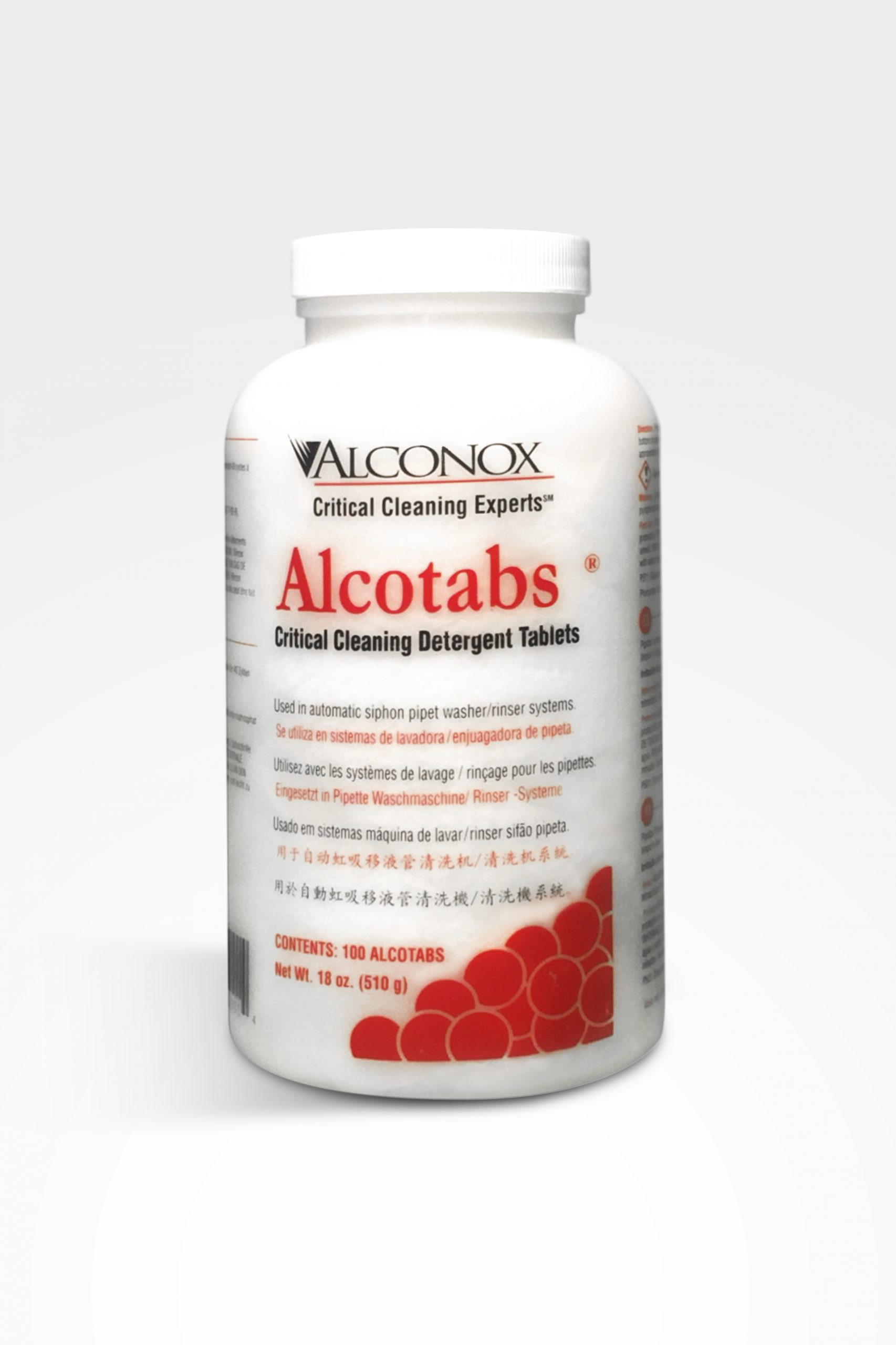
- Anionic Surfactant by HPLC
- EDTA by HPLC
- Direct UV/Vis
- Phosphate by Titration and IC
- Organic Carbon by TOC
- Conductivity
- Organic Acid by HPLC, UV or Assay
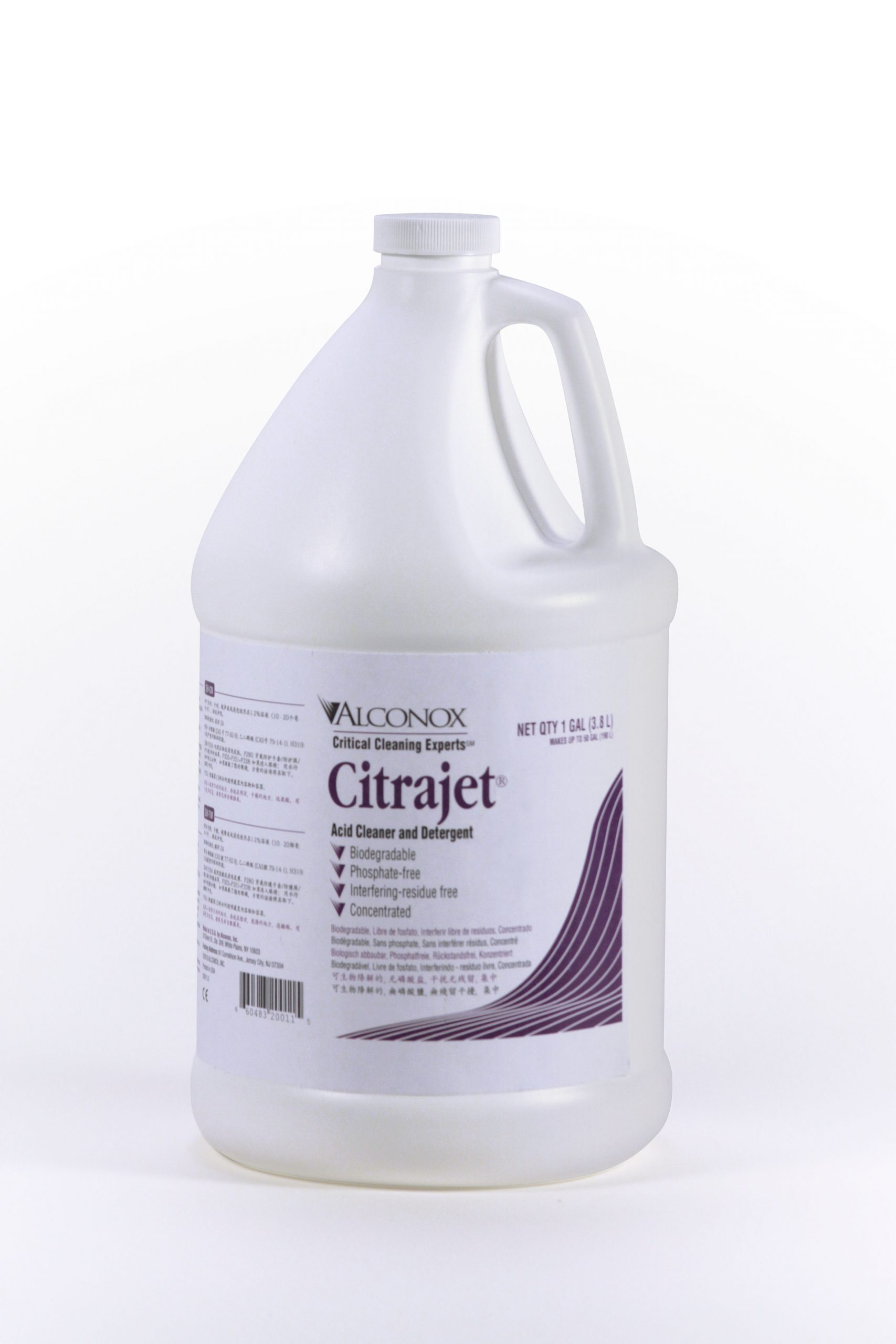
- Organic Carbon by TOC
- Organic Acid by HPLC, UV, or Assay

- Anionic Surfactant by HPLC
- Direct UV/Vis
- Organic Carbon by TOC
- Conductivity
- Organic Acid by HPLC, UV, or Assay
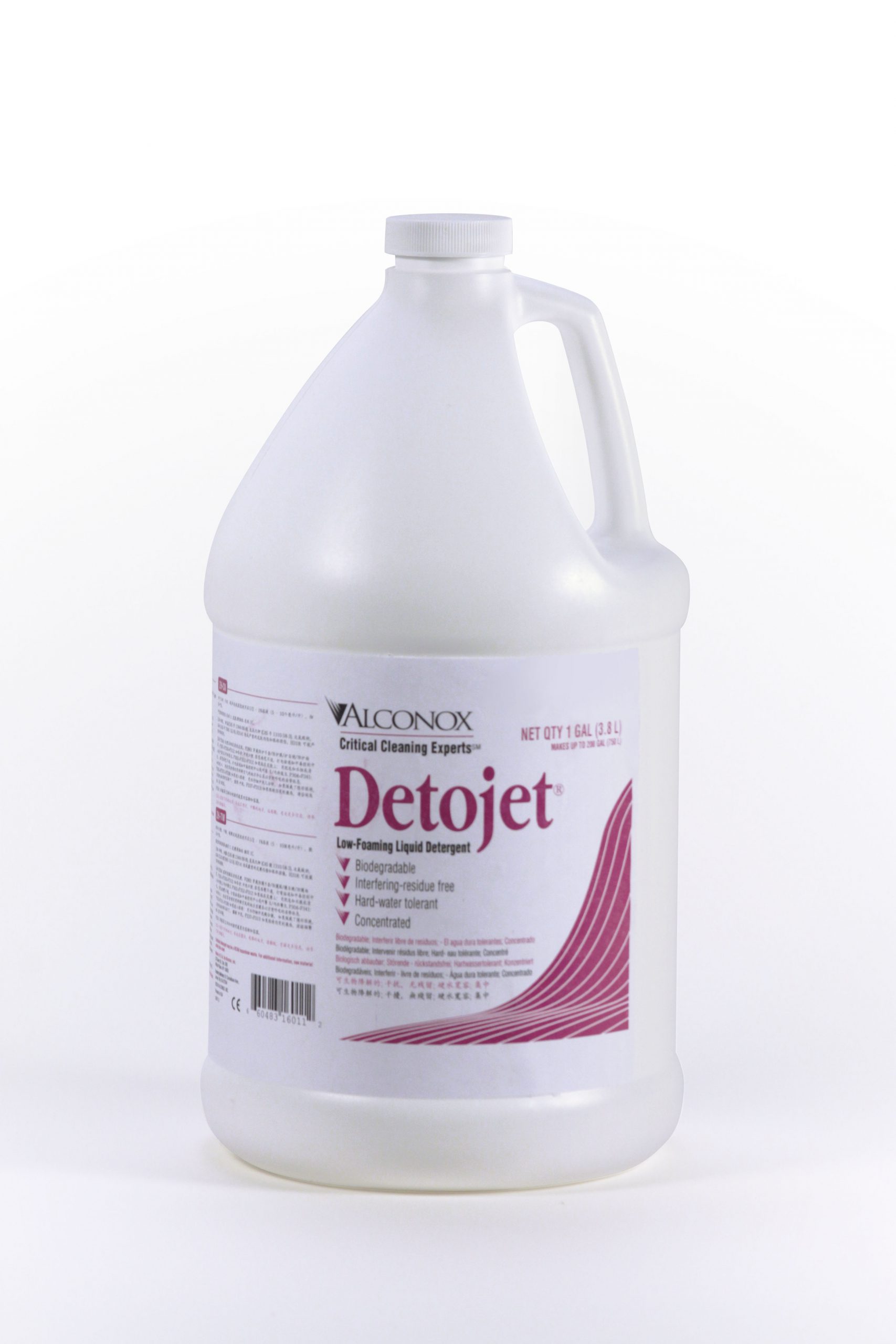
- Conductivity
- Phosphate by Titration and IC
- Organic Carbon by TOC
- Organic Acid by HPLC, UV or Assay
- Potassium by flame or IC

- Organic Carbon by TOC
- Conductivity

- Anionic Surfactant by HPLC
- EDTA by HPLC
- Direct UV/Vis
- Phosphate by Titration and IC
- Organic Carbon by TOC
- Conductivity
- Potassium by flame or IC

- EDTA by HPLC
- Phosphate by Titration and IC
- Organic Carbon by TOC
- Conductivity
- Organic Acid by HPLC, UV or Assay
- Potassium by flame or IC
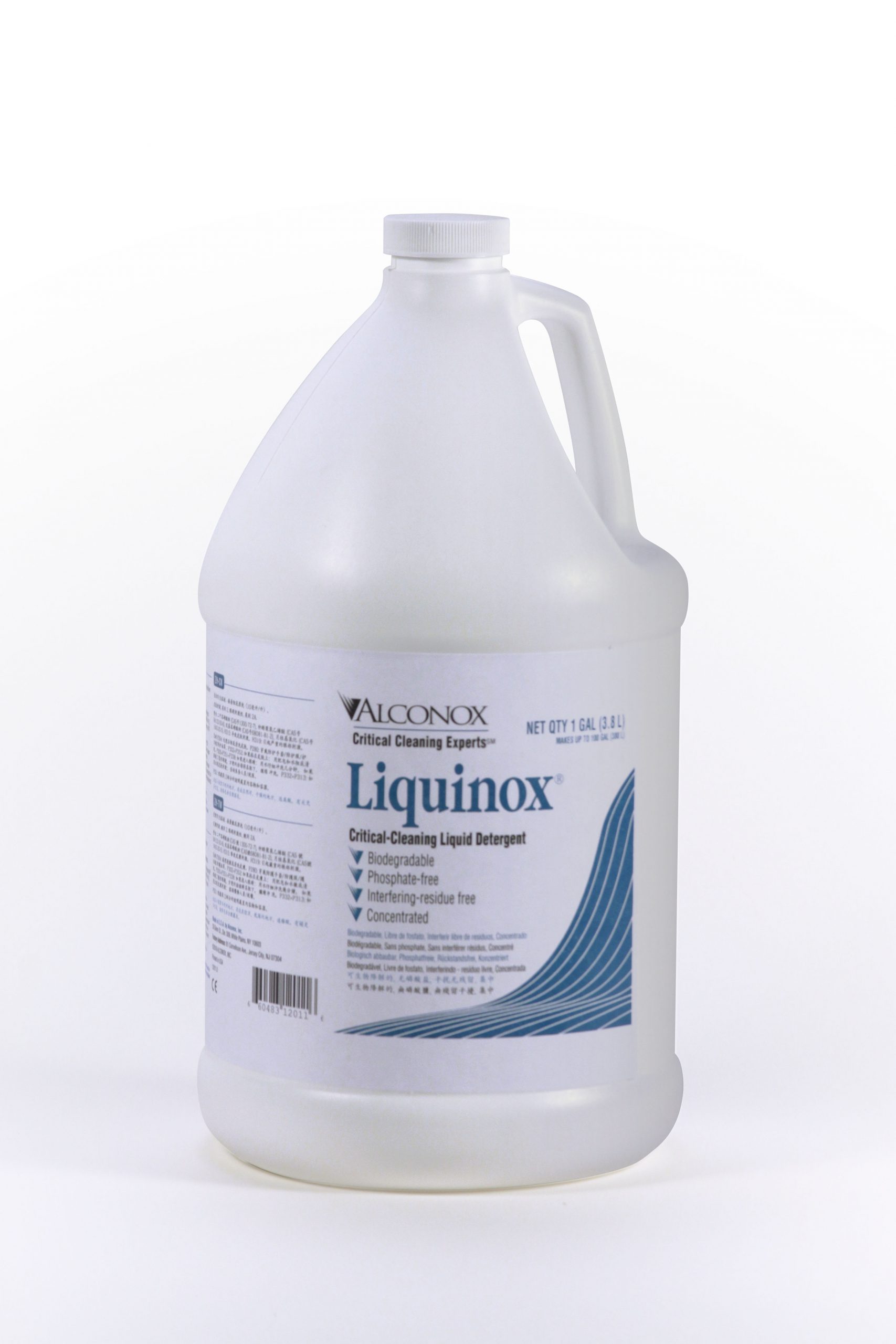
- Anionic Surfactant HPLC
- Direct UV/vis
- Organic Acid by HPLC, UV or Assay
- Organic Carbon by TOC
- Conductivity

- Organic Carbon by TOC
- Organic Acid by HPLC, UV or Assay
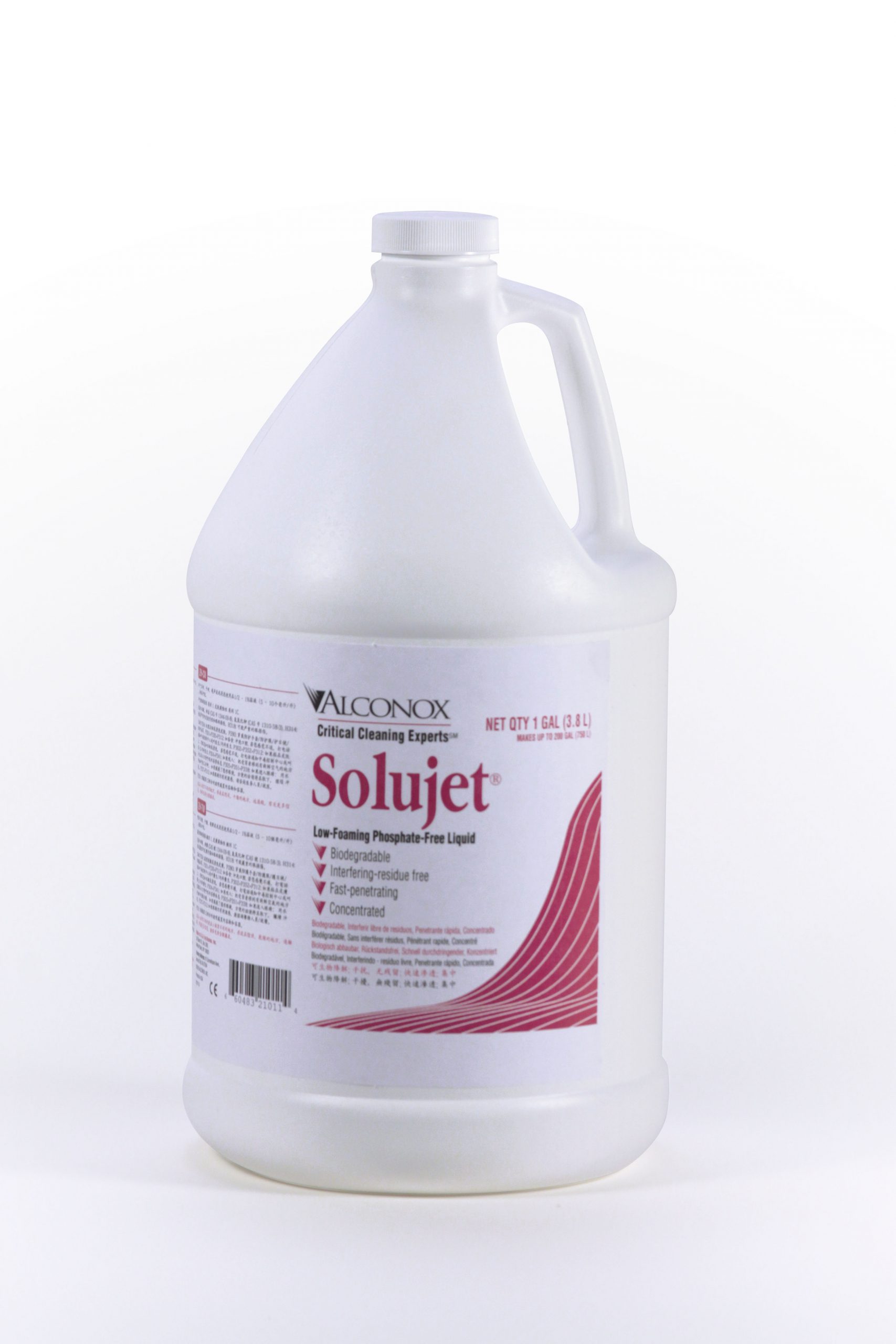
- Organic Carbon by TOC
- Conductivity
- Organic Acid by HPLC, UV or Assay
- Potassium by flame or IC
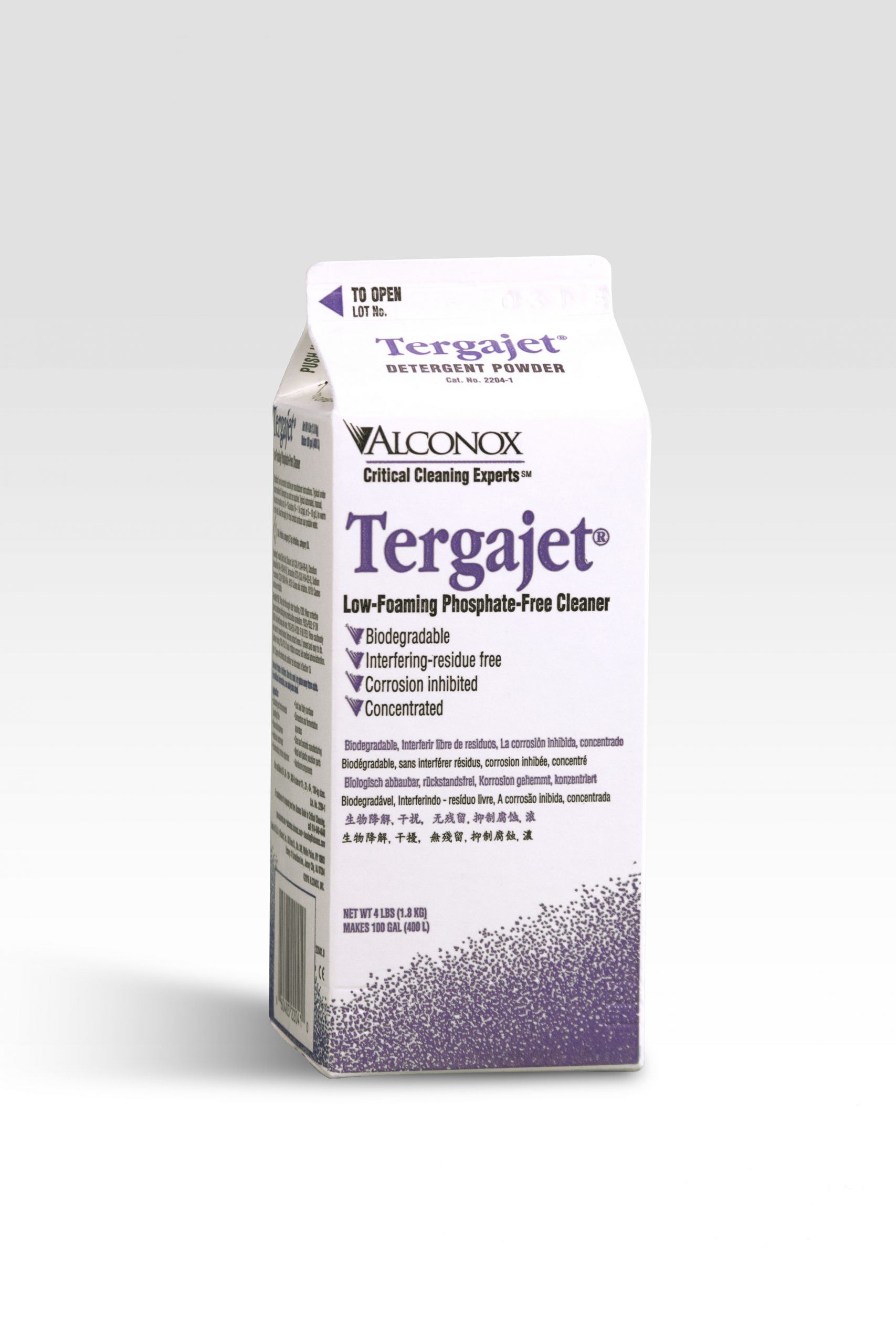
- Organic Carbon by TOC
- Conductivity
- Organic Acid by HPLC, UV or Assay
- EDTA by HPLC
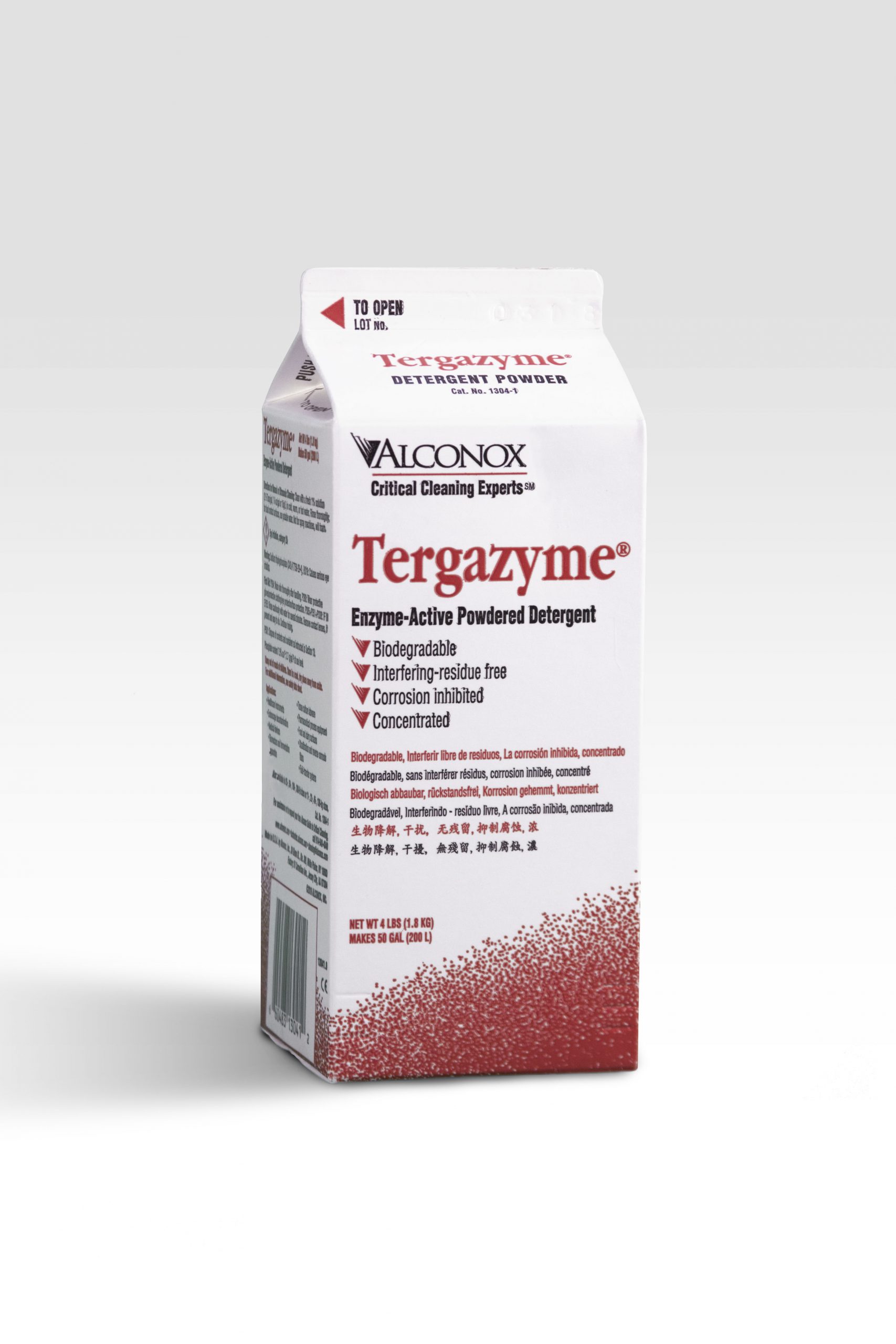
- Anionic Surfactant by HPLC
- EDTA by HPLC
- Direct UV/Vis
- Organic Carbon by TOC
- Conductivity
- Phosphate by Titration and IC
